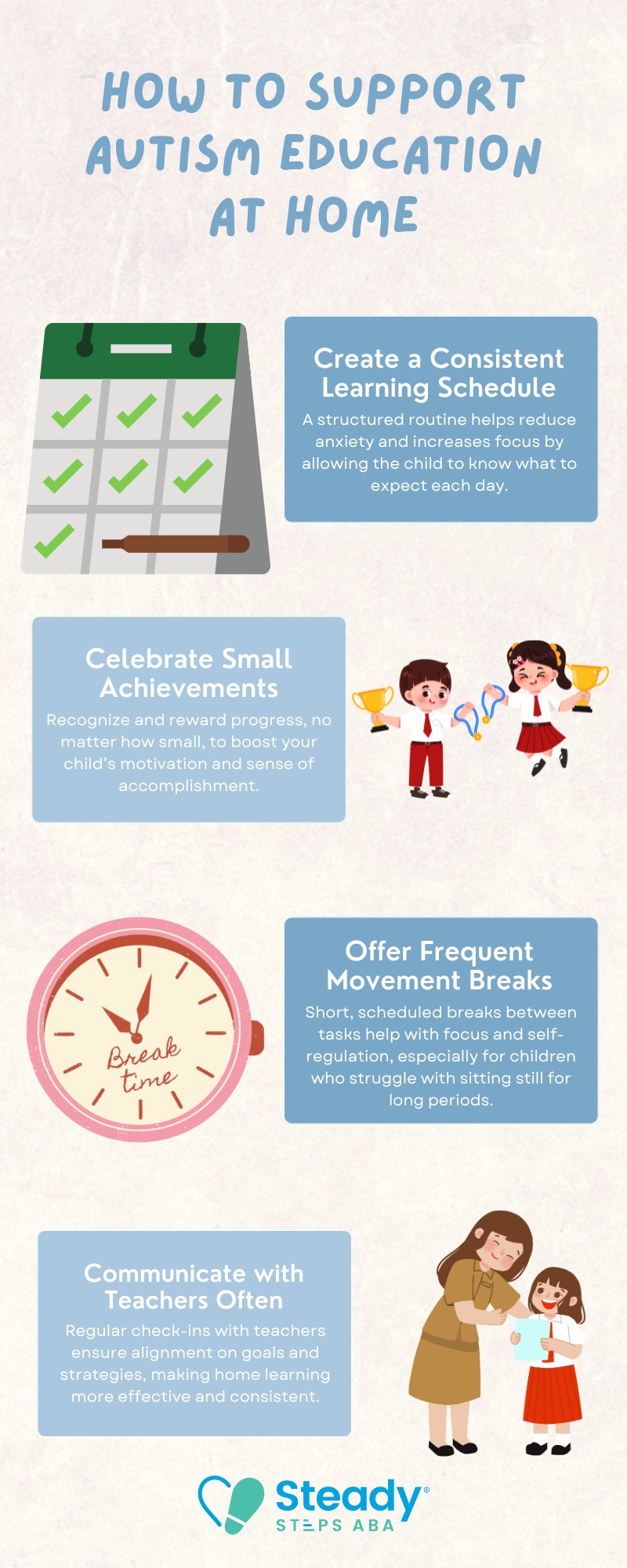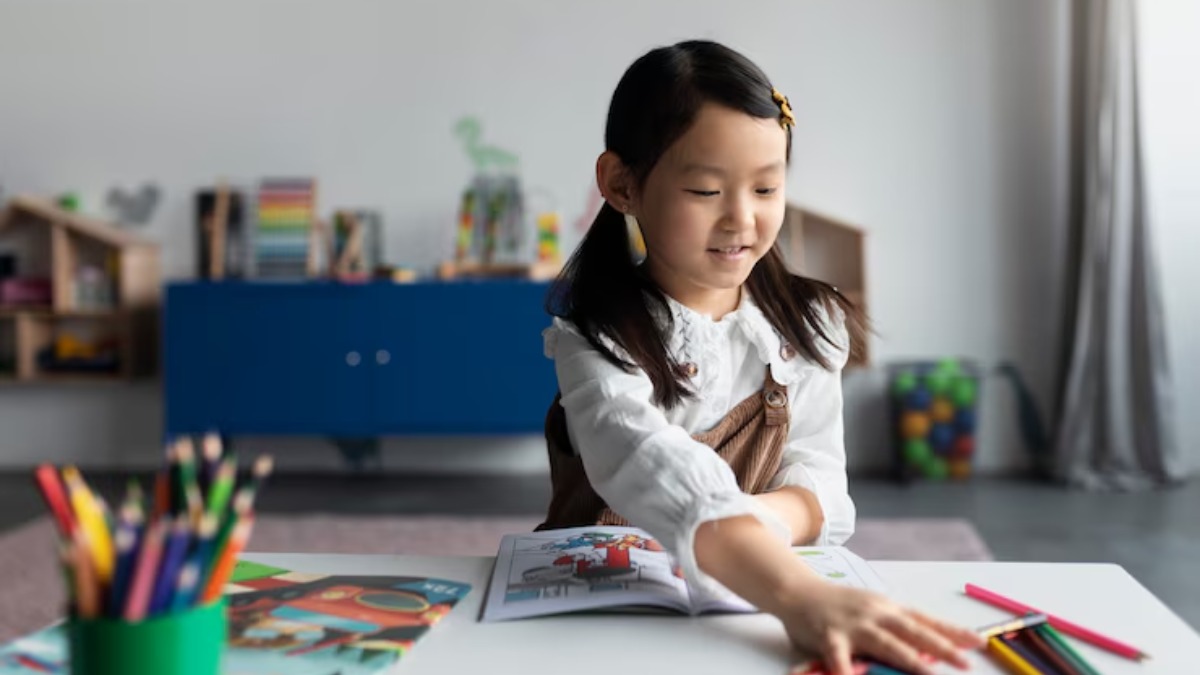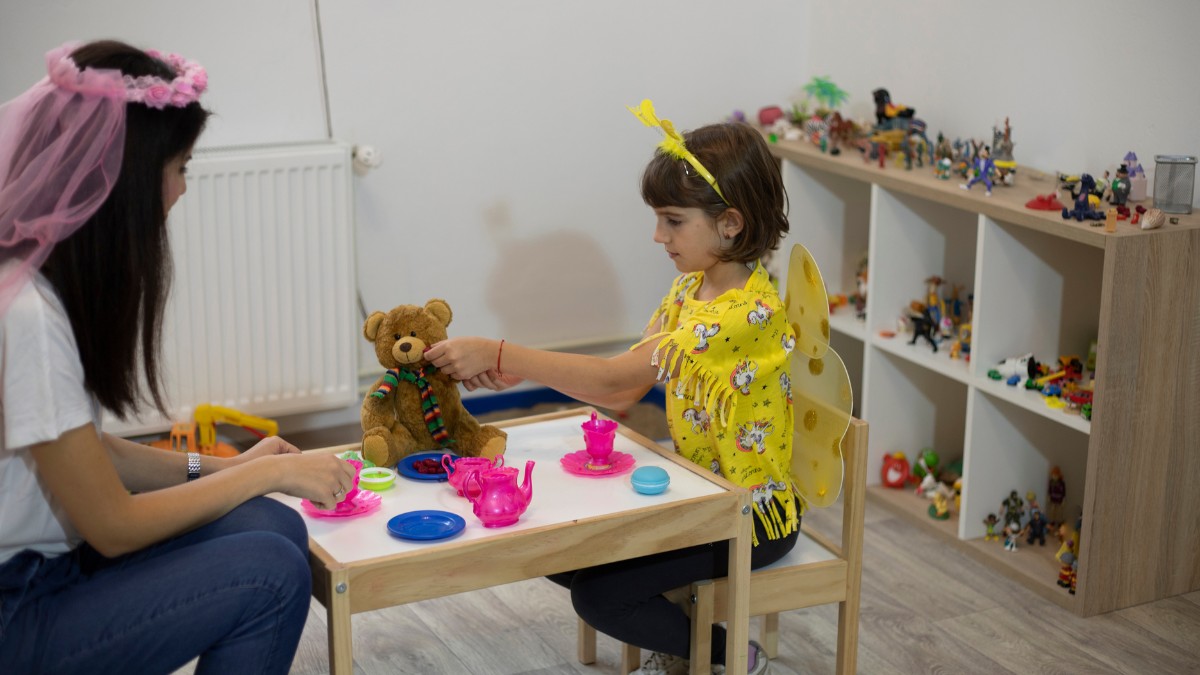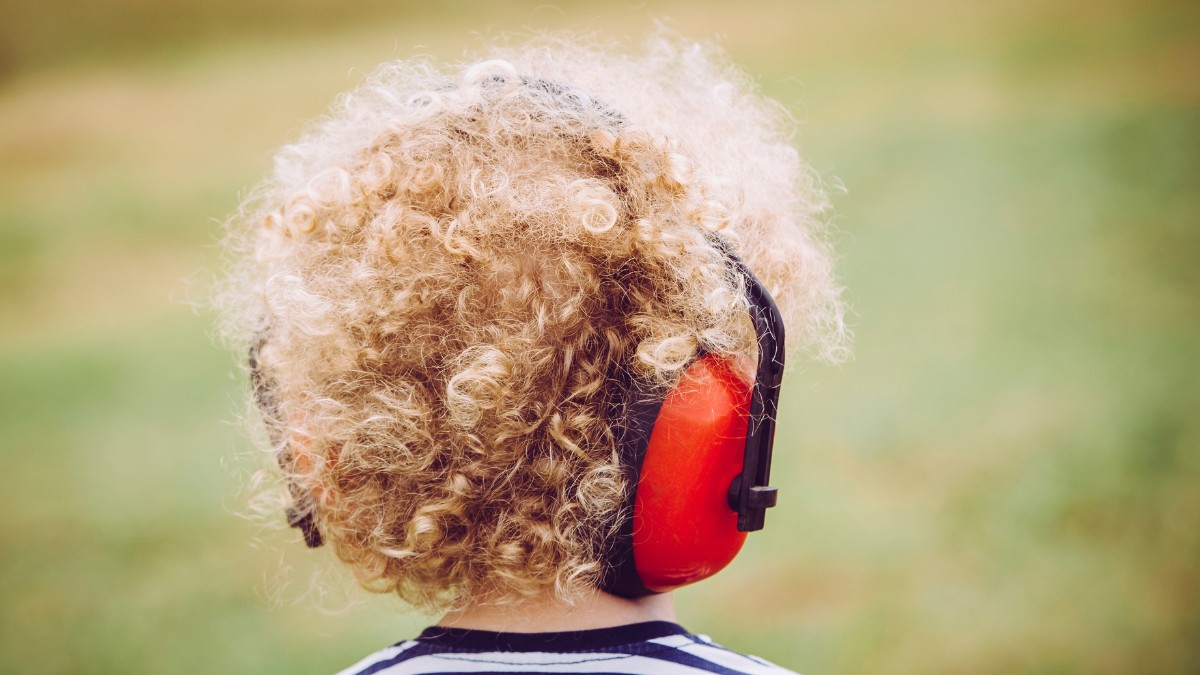Key Points:
- Autism can impact education in many ways, from communication to social skills.
- Understanding the unique needs of autistic students helps create supportive learning environments.
- Tailored strategies like ABA therapy can foster success in education for children with autism.
Children with autism may experience the world differently from their neurotypical peers, which can significantly affect their educational experience. In fact, research indicates that up to 70% of autistic individuals also have a learning disability.
As parents and educators, it’s important to understand the various ways autism influences learning. Whether it’s difficulty with communication, challenges in socializing, or sensitivity to sensory stimuli, these factors can impact a child’s ability to engage in classroom activities. The key to helping children with autism succeed in school lies in recognizing these challenges and providing appropriate strategies to support their learning and development.
How Does Autism Affect Education?
Autism affects education by creating unique challenges for children in areas like communication, social skills, and sensory processing. These challenges can make traditional classroom settings difficult for autistic children.
Understanding these barriers is crucial to developing effective interventions that cater to their needs. However, it’s important to note that each autistic child is different, and their educational experience will vary based on their strengths and areas that need more support.
For instance, some children with autism may have difficulty understanding verbal instructions or expressing their needs effectively. Others may struggle with staying on task due to sensory overload, making it harder to focus on lessons. By tailoring educational plans, teachers and parents can ensure that each child receives the support they need to thrive in a school setting.

What are Common Challenges Autistic Children Face in Education?
When considering how autism affects education, it’s essential to address the common challenges faced by autistic children. These challenges can vary widely, but there are several key areas that most children with autism may struggle with. It’s important for parents, teachers, and caregivers to recognize these challenges and proactively address them to support a positive learning experience.
Key challenges for autistic children in education include:
1. Communication Difficulties
Many children with autism have challenges with verbal communication. They may struggle to express their thoughts, needs, or emotions, which can make it difficult for them to participate in classroom discussions or ask for help when needed. Alternative communication methods, such as picture exchange systems or augmentative communication devices, can be helpful in supporting these students.
2. Difficulty with Social Interactions
Social communication and interaction are often significant hurdles for children with autism. They may find it hard to understand social cues, maintain eye contact, or engage in cooperative play with peers.
This can lead to social isolation or misunderstandings in group activities and peer relationships. Social skills training and structured social opportunities can help autistic children develop this essential skill.
3. Sensory Sensitivities
Many children with autism have sensory sensitivities, meaning they may be overly sensitive to sounds, lights, textures, or smells. In a typical classroom, this can lead to feelings of distress or difficulty concentrating. Modifications to the classroom environment, such as providing noise-canceling headphones or creating sensory-friendly spaces, can help reduce sensory overload and improve focus.
4. Difficulty with Transitions
Autistic children often struggle with transitions between activities, such as moving from one lesson to another or preparing for the end of the school day. Routines and predictability are key to supporting children with autism, and visual schedules or timers can help them anticipate changes and ease the stress of transitions.
How Can Educators Support Autistic Students in the Classroom?
Understanding how autism affects education allows educators to implement strategies that promote success and inclusion for all students. The right teaching strategies can make a significant difference in an autistic child’s educational experience.
By focusing on individualized support and creating a nurturing, structured environment, educators can help students with autism thrive in the classroom.
Here are a few strategies educators can use to support autistic students:
1. Individualized Education Plans (IEPs)
An IEP is a legal document that outlines the specific educational goals and accommodations for a student with special needs. For children with autism, the IEP may include modifications to the curriculum, accommodations such as extra time for assignments, or support in social skills development.
Regular updates and collaboration with the child’s team, including parents and therapists, can ensure that the IEP continues to meet the child’s evolving needs.
2. Visual Supports and Schedules
Autistic children often benefit from visual cues to help them understand and follow classroom routines. Visual schedules, charts, and symbols can provide a clear structure for the day’s activities, making it easier for students to transition from one task to another. Visual reminders for tasks or behavioral expectations can also reinforce learning in a non-verbal way.
3. Positive Reinforcement
Positive reinforcement is a powerful tool in supporting children with autism. Rewarding desired behaviors, such as completing tasks or engaging with peers, helps reinforce those behaviors and encourages further participation. This could be in the form of verbal praise, tokens, or small incentives that motivate the child to keep trying.
4. Sensory-Friendly Classroom Modifications
Modifying the classroom environment to meet the sensory needs of children with autism is essential. This might include dimming lights, providing noise-canceling headphones, or allowing sensory breaks during the day. A sensory-friendly space gives children a quiet place to calm down and regain focus when they become overwhelmed.
5. Teaching Social Skills
Teaching social skills explicitly can be beneficial for children with autism, who may struggle with interactions. Role-playing exercises, social stories, and peer interactions can help students understand appropriate social behaviors and improve their communication with classmates.
How Can Parents Support the Education of Autistic Children at Home?
Supporting the education of a child with autism at home requires intention, patience, and structure. While schools provide formal instruction, parents can reinforce learning and accommodate their child’s unique needs through consistent, supportive environments.
Home-based educational support also allows for individualized pacing, interest-driven activities, and practical life skill development that complements academic goals. With the right strategies, parents can empower their child to thrive both inside and outside the classroom.
Here are four key ways parents can support learning at home:

What are the Benefits of ABA Therapy for Children with Autism in Education?
One of the most effective ways to support children with autism in education is through Applied Behavior Analysis (ABA) therapy. ABA is an evidence-based approach that focuses on teaching specific behaviors and skills through structured reinforcement. ABA therapy has been shown to improve various aspects of a child’s education, from communication to social skills and academic performance.
ABA therapy can be tailored to meet the individual needs of a child and can be implemented both in the classroom and at home. It works by breaking tasks down into smaller, manageable steps, teaching children how to handle challenging situations, and reinforcing positive behaviors.
ABA therapy can also help children with autism develop strategies to cope with the challenges they face in education, such as difficulty transitioning or sensory sensitivities. By focusing on the individual needs of each child, ABA therapy provides a framework that supports academic achievement and social development. For families seeking additional tools to enhance their child’s learning experience, exploring supportive technology can be a great complement—check out Boost Learning with These Apps for Autistic Students.
Support Your Child with ABA Therapy in Maryland
As parents and educators work together to support children with autism, it’s important to have access to the right tools and resources. ABA therapy is one of the most effective methods for helping children with autism thrive in the classroom and beyond. At Steady Steps ABA, we specialize in providing personalized ABA therapy in Maryland to help children reach their full potential.
Our team of experienced therapists works closely with each family to develop tailored plans that focus on improving key skills for education, including communication, social skills, and academic success. With our support, your child can build the skills they need to navigate school with confidence and independence.
Contact us today to learn how our ABA therapy services in Maryland can help your child succeed in education and beyond.






